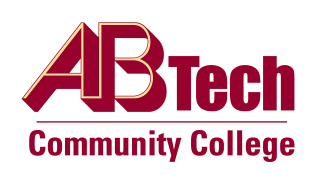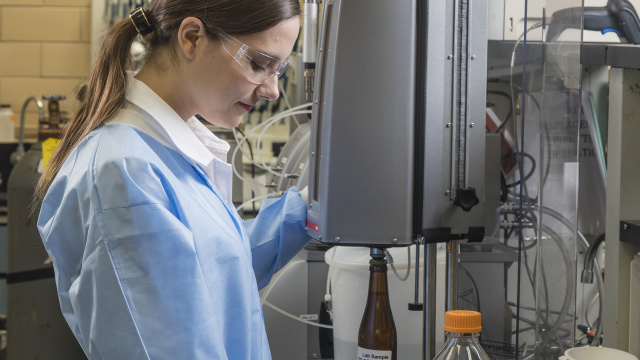In the second part of this introductory series, students will identify and begin to apply traditional microbiological practices and aseptic techniques used in the beer quality lab. These essential skills are used to examine and maintain yeast cultures and also to identify and enumerate common brewery contaminants. We will compare the use of selective and differential enrichment media used in traditional microbiology with molecular techniques such as PCR. Participants will prepare media, pour and inoculate plates, and use microscopy to perform Gram staining, yeast assessment, and cell counting.
Current and prospective brewery quality control laboratory staff
- Lab safety
- SOPs and standard methods
- Brewery contaminants
- Sterile technique
- Media preparation
- Membrane filtration and plating
- Gram staining
- Microscopy
- Recognize important features of a microbiology laboratory safety program.
- Be familiar with SOPs, ASBC methods, and the importance of clear, standardized instructions.
- Explain the rationale for environmental monitoring and for isolating, propagating, and examining microorganisms in a brewery environment.
- Be familiar with aseptic technique.
- Understand the applications of general, selective, and differential growth media used in the laboratory.
- Be familiar with common brewery contaminants, including wild yeast, Pediococcus, and Lactobacillus.
- Gain experience with routine microbiology techniques used in the brewing laboratory.
- Be introduced to rapid and/or automated microbial analyses, including taxonomic, biochemical, and genetic assays.
Delivered in-person in a classroom or lab setting.
In the second part of this introductory series, students will identify and begin to apply traditional microbiological practices and aseptic techniques used in the beer quality lab. These essential skills are used to examine and maintain yeast cultures and also to identify and enumerate common brewery contaminants. We will compare the use of selective and differential enrichment media used in traditional microbiology with molecular techniques such as PCR. Participants will prepare media, pour and inoculate plates, and use microscopy to perform Gram staining, yeast assessment, and cell counting.
Current and prospective brewery quality control laboratory staff
- Lab safety
- SOPs and standard methods
- Brewery contaminants
- Sterile technique
- Media preparation
- Membrane filtration and plating
- Gram staining
- Microscopy
- Recognize important features of a microbiology laboratory safety program.
- Be familiar with SOPs, ASBC methods, and the importance of clear, standardized instructions.
- Explain the rationale for environmental monitoring and for isolating, propagating, and examining microorganisms in a brewery environment.
- Be familiar with aseptic technique.
- Understand the applications of general, selective, and differential growth media used in the laboratory.
- Be familiar with common brewery contaminants, including wild yeast, Pediococcus, and Lactobacillus.
- Gain experience with routine microbiology techniques used in the brewing laboratory.
- Be introduced to rapid and/or automated microbial analyses, including taxonomic, biochemical, and genetic assays.


